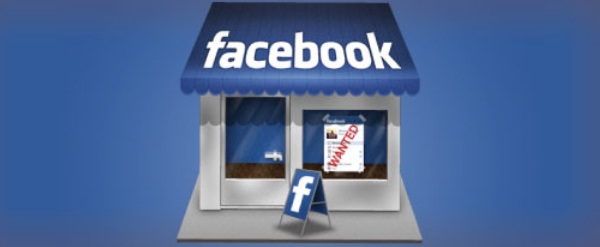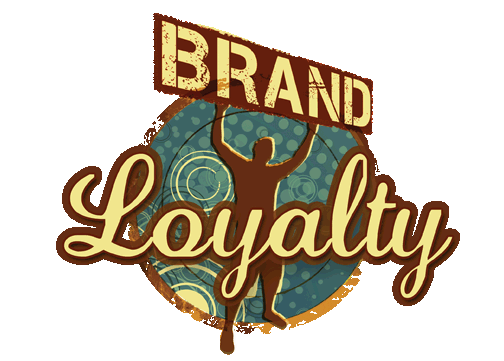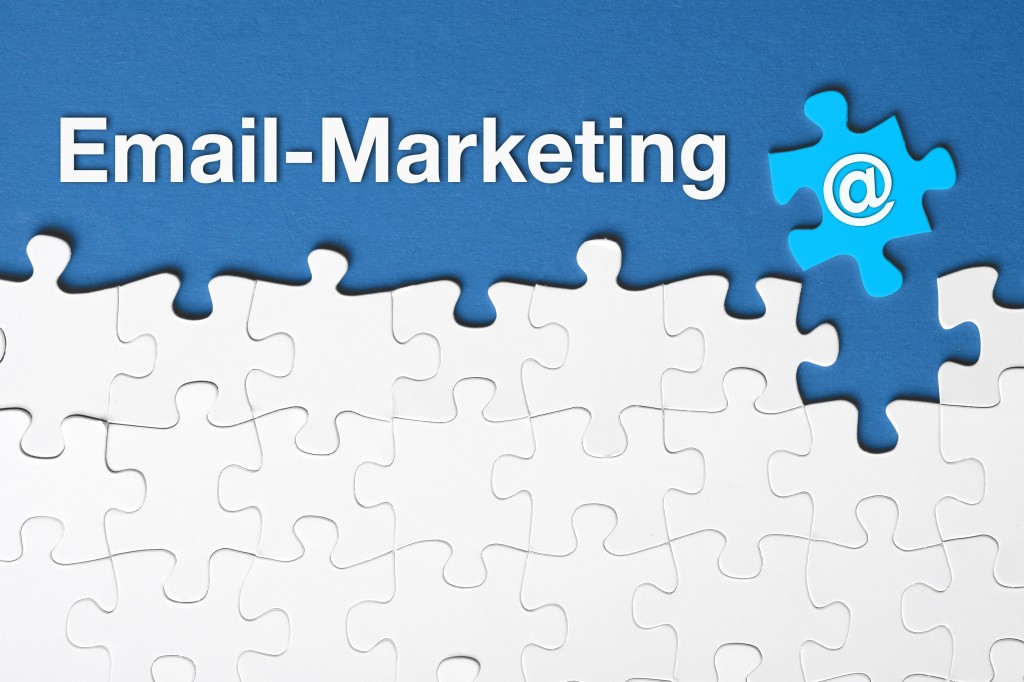Posts Tagged: social media marketing
[VIDEO] Social Media Marketing: One Core Concept To Get More Shares On Your Content – YouTube
In this episode, Jasmeet Sawhney talks about a core concept (or framework) that marketing teams can follow as they try to make their content more shareable on social media. Jasmeet talks about importance of “Audience Activation”, and then about specific tactics to get more engagement on social media. Watch the video for more..
via [VIDEO] Social Media Marketing: One Core Concept To Get More Shares On Your Content | Yiblab.
How to get better ROI out of your social media sharing? – Published on LinkedIn
We all share content on one or more social networks. In fact, social sharing has become one of the most common activities on the web. There are some who get a kick out of sharing everything in their life (“I just took a shower with chilling cold water!”); some feel connected when they share; some want to stay relevant within their circles; some want to build their credibility; and there are others who do it for various vague and valid reasons. But, very few understand how effective their sharing is, and how can they improve.
sharing comes with an expectation – that your connections and followers will react. If there are no reactions, incentives of sharing are diminished, which leads to decreased sharing.
No matter what you do for living, I can bet you have limited time. When you are active on social networks, it can take away good chunk of your time depending on how addicted (or dedicated) you are to building your presence. But, it is not hard to see that everyone’s social content does not get equal engagement. And, that is fine for most people. If all you want is to share your personal pictures with friends and family, you don’t really need to count likes and comments. But, even then, sharing comes with an expectation – that your connections and followers will react. If there are no reactions, incentives of sharing are diminished, which leads to decreased sharing.
via How to get better ROI out of your social media sharing? | Jasmeet Sawhney | LinkedIn.
Here Are 3 Things You Are Missing Without a Social CRM – YibLab Blog
- Are you in market for a Social CRM, but don’t know what features to look for?
- Are you still not convinced about value of a Social CRM?
- Are you having tough time convincing your management to write a check because they don’t see the ROI?
If you answered yes to any one of the above, you are not alone. The good news (or, actually, the bad news) is that most of the companies that have actually made an investment in Social CRM do not leverage some of the basic features offered by the technology. So, what exactly does a Social CRM offer? The answer is complicated because feature set requirements of a Social CRM are dependent on various factors such as company goals, business functions involved, number of platform users, structure (centralized/de-centralized), industry, target demographic, use cases, regulation and compliance requirements, and many more. We can go into each of those in a separate blog post, but first, let’s get the basics right.
via Yiblab | Here are 3 things you are missing without a Social CRM.
What Type Of Information Should You Share On Social Media? – Worklife Blog
We all have social media accounts and share content on one or more social networks. In fact, social sharing has become one of the most common activities on the web. There are some who get a kick out of sharing everything in their life (“I just took shower and water was really cold!”); some feel connected when they share; some want to stay relevant within their circles; some want to build their credibility; and there are others who do it for various vague and valid reasons. But, very few understand how effective their sharing is, and how can they improve?
No matter what you do, I can bet you have limited time. When you spend time on social networks, it can take away good chunk of your time depending on how addicted (or dedicated) you are to building your presence. But, it is not hard to see that everyone’s social content does not get equal engagement. And, this is fine, if all you want is to share your personal pictures with friends and family. But, for most part, all of this sharing comes with an expectation – that your connections and followers will react. If there are no reactions, incentives of sharing are diminished, which leads to decreased sharing.
via What type of information should you share on Social Media? | Worklife.
Facebook Commerce: Marketplace or Just Referral Source? – Retail Spokes Blog
Lately, there has been a lot of talk about Facebook’s eCommerce efforts. Many believe it is the next big thing in eCommerce. According to IDC, in three to five years, 10 to 15 percent of total consumer spending in developed countries may go through sites such as Facebook. I agree that some consumer spending will go through social networks, but these numbers along with predictions by many others are somewhat inflated. Facebook’s initiatives like Open Graph, Like button, Facebook Credits and partnerships with retailers indicate a push towards making its platform more conducive for eCommerce transactions. But, it will take years before physical product sales become mainstream on Facebook.
What can really work in near future is Facebook as a referral platform. The real value for anyone trying to leverage Facebook comes from heaps of social data that the platform owns. But, collecting data is one thing and putting it to use is another. It will take a while before Facebook itself can effectively mine and use this social data, let alone its partner being able to make good use of it. Currently, when making a buying decision outside of Facebook, this data rarely helps. This is due to the fact that at a user level limited amount of product recommendations can be derived via Facebook APIs, and anything outside user’s immediate social graph very quickly becomes vague. But, if Facebook itself were to launch a product recommendation engine (or such), they would have huge amount of data to analyze and tremendous targeting opportunities.
What Can Retailers Do To Build a Brand (And a Loyal Customer Base)? – Retail Spokes Blog
Social media
It is not rocket-science to understand that the web is becoming increasingly social. Most retailers have a social media marketing strategy, but campaigns are mostly geared towards putting deals on Facebook and Twitter. What would really make a difference is content that can enhance experience on these social touch points. The goal is to enable your most influential existing customers to spread word of mouth that would bring in more traffic. Soon, online shopping will be the same friends and family experience as it is in a traditional brick and mortar store.
Multi-channel
It is now common understanding that retailers have to provide consistent products, pricing, information, and experiences across all their channels. Multi-channel retailers have an advantage over pure-play retailers in that they have more opportunities to convert shoppers. This includes features such as ‘ship to store’, ‘ship to home’ (if not available in-store) or in-store access to content and community over mobile devices.
Building a Loyal Brand Following – a New Focus For Online Retailers – Retail Spokes Blog
If there is one thing to be learned from Amazon’s dominance in eCommerce, it is the importance of building a brand. It is phenomenal that 33% of all shoppers visit Amazon for research, according to a recent study by e-tailing group and PowerReviews. Although, it is apparent that Amazon does not provide best product choices or shopping experience for many product segments. Nonetheless, their ability to attract direct traffic is unmatched. This is where most eCommerce sites need to become better in that they have to build loyal customer bases.
How to Create Effective Email Marketing Campaigns? – Retail Spokes Blog
Through all the social media hype, email has held its ground as one of the most effective online retail marketing channels. According to a survey by the E-Tailing group, 79% of retailers want to increase their spending on email campaigns. Here are some of the things that retailers can do to ensure their emails convey the message and achieve desired results.
Content and Targeting
Content is where most email campaigns fall short. As a customer, very few would like to repeatedly receive just coupons and discount-oriented emails. Most users have anyways gotten used to searching the web for coupons before making a purchase. So, these messages do not offer too much value for the time and energy users would spend reading them. On the other hand, users would show more interest if contextual content can be added to these emails along with a relevant subject line.
Top 5 Facebook Pages Series (Brands) – Retail Spokes Blog
Along with good design and layout, it is important for brand pages to have great content that drives conversations and social interactions. Unlike retailers, most brands do not offer any coupons or promotions making it even more important to have quality content. I have come across hundreds of Facebook pages, but these 5 brands stand out for excellent design, engaging content, and social features that draw millions of Likes.
via Top 5 Facebook Pages Series – Brands | Retail Spokes – Online Retail Focused Content Solutions.
Top 5 Facebook Pages Series (Retailers) – Retail Spokes Blog

There is no denying the fact that social media has quickly become a top priority for most marketers. According to eMarketer, four in five US businesses with at least 100 employees will take part in social media marketing in 2011. According to the same report, social media ranked third among areas marketers planned to focus their online marketing budget in 2011, after search and their own website.
As the stakes get higher, it has become increasingly important to effectively measure ROI. But, social media ROI measurement is still in its infancy. Very few marketers are successful in determining the true ROI from this channel. But, regardless of ROI conundrum, no marketer can afford to sit on the fence and wait until it’s too late. You have to get your feet wet and understand how this channel works. This takes time and there is no silver bullet that will make your social media campaigns successful overnight. Your social marketing needs and objectives are unique and they require a custom approach that can only be developed over a period of time.
via Top 5 Facebook Pages Series – Retailers | Retail Spokes – Online Retail Focused Content Solutions.
Archives
- May 2017
- April 2017
- March 2017
- February 2017
- November 2016
- October 2016
- September 2016
- August 2016
- July 2016
- April 2016
- March 2016
- February 2016
- January 2016
- November 2015
- October 2015
- July 2015
- June 2015
- May 2015
- April 2015
- December 2014
- June 2014
- May 2014
- April 2014
- December 2013
- October 2013
- September 2013
- August 2013
- July 2013
- November 2012
- October 2012
- September 2012
- August 2012
- July 2012
- June 2012
- May 2012
- April 2012
- March 2012
- February 2012
- January 2012
- December 2011
- November 2011
- March 2011
- January 2011







